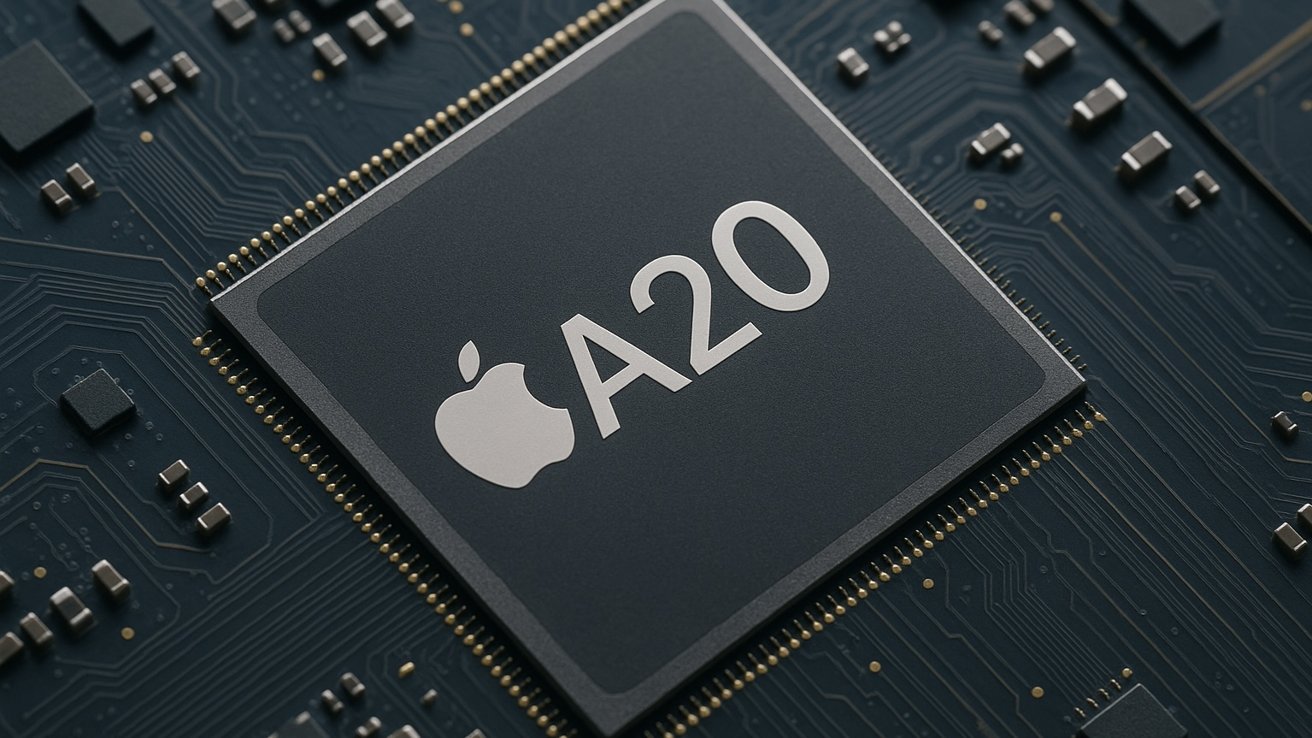Apple Inc., the tech behemoth renowned for its innovative products and services, is making significant strides in expanding its physical footprint in Silicon Valley. In a series of strategic moves, the company has invested nearly $900 million in acquiring key properties in the Bay Area over the past few months.
The Mathilda Campus Acquisition
The latest in this series of acquisitions is the Mathilda Campus, a four-building complex located at 505–599 North Mathilda Avenue and 605 West Maude Avenue in Sunnyvale, California. Apple has agreed to purchase this 663,000-square-foot property for $365 million. Notably, the company already leases the majority of this campus, utilizing three of the four buildings for its operations. This acquisition underscores Apple’s commitment to consolidating its presence in the region by transitioning from tenant to owner.
A Pattern of Strategic Investments
This recent purchase is part of a broader pattern of strategic investments by Apple in the Bay Area. Just last month, the company acquired two neighboring buildings at 615 and 625 North Mathilda Avenue for $350 million. Additionally, Apple finalized a $166.9 million deal for the Cupertino Gateway complex, situated just south of its iconic Apple Park headquarters. These acquisitions bring Apple’s total real estate spending in the region to approximately $882 million in a little over a month.
Contextualizing Apple’s Real Estate Strategy
Apple’s aggressive expansion in Silicon Valley is particularly noteworthy given the broader industry trends. In the wake of the COVID-19 pandemic, many tech companies have been reevaluating their physical office needs, with some reducing their real estate footprints due to the rise of remote work. However, Apple’s continued investment in physical spaces suggests a different approach, emphasizing the importance of in-person collaboration and the value of having dedicated spaces for its teams.
Statements from Apple Leadership
Kristina Raspe, Apple’s Vice President of Global Real Estate and Facilities, commented on the company’s ongoing investments in the region:
> The Santa Clara Valley has been home to Apple for more than 40 years, and we’re proud to continue investing in world-class facilities for our teams here.
This statement reflects Apple’s deep-rooted commitment to the area and its belief in the value of providing top-notch facilities for its employees.
Historical Context of Apple’s Real Estate Moves
Apple’s recent acquisitions are not isolated events but part of a long-term strategy to secure and control its operational spaces. In 2021, the company purchased a five-building campus near North De Anza Boulevard and Mariani Avenue for $450 million. In 2023, Apple acquired a 10-building campus known as Apple Results Way, with the transaction value undisclosed. Later that year, the company bought an office building at 10200 North De Anza Boulevard for $70 million, reportedly at a 35% discount from its market value in 2019. ([economictimes.indiatimes.com](https://economictimes.indiatimes.com/news/international/us/apple-spends-half-a-billion-dollars-on-california-real-estate-in-a-week-is-tim-cook-planning-something-big/articleshow/122133869.cms?utm_source=openai))
Implications for the Bay Area Real Estate Market
Apple’s substantial investments have significant implications for the Bay Area real estate market. While some companies are downsizing or reevaluating their office needs, Apple’s acquisitions signal confidence in the region’s value as a tech hub. This could potentially influence other companies’ decisions regarding office space and contribute to the stabilization or appreciation of property values in the area.
Conclusion
Apple’s recent real estate acquisitions in the Bay Area highlight a strategic commitment to expanding and consolidating its physical presence in Silicon Valley. By transitioning from tenant to owner in key properties, the company not only secures essential operational spaces but also demonstrates confidence in the enduring value of in-person collaboration and the region’s significance as a center for technological innovation.



